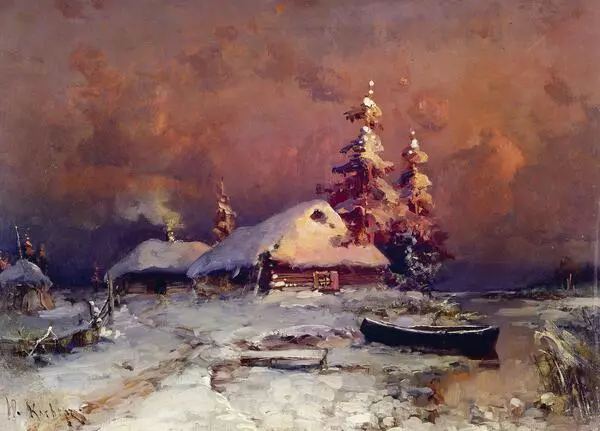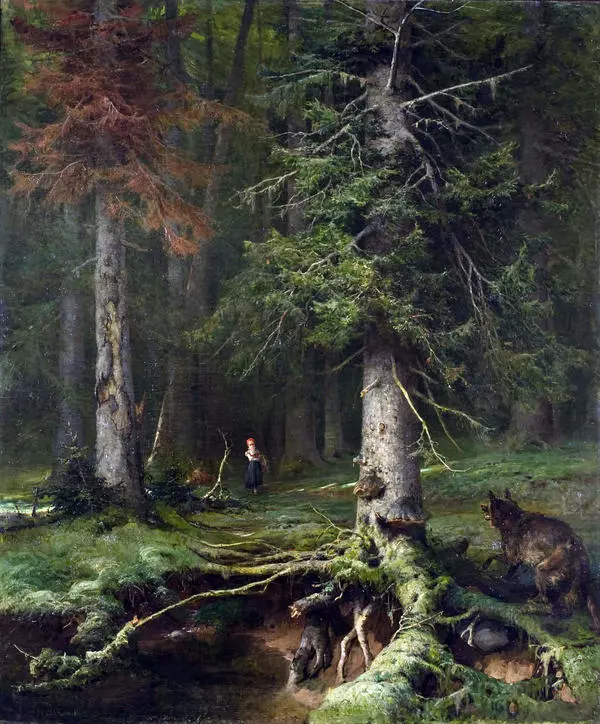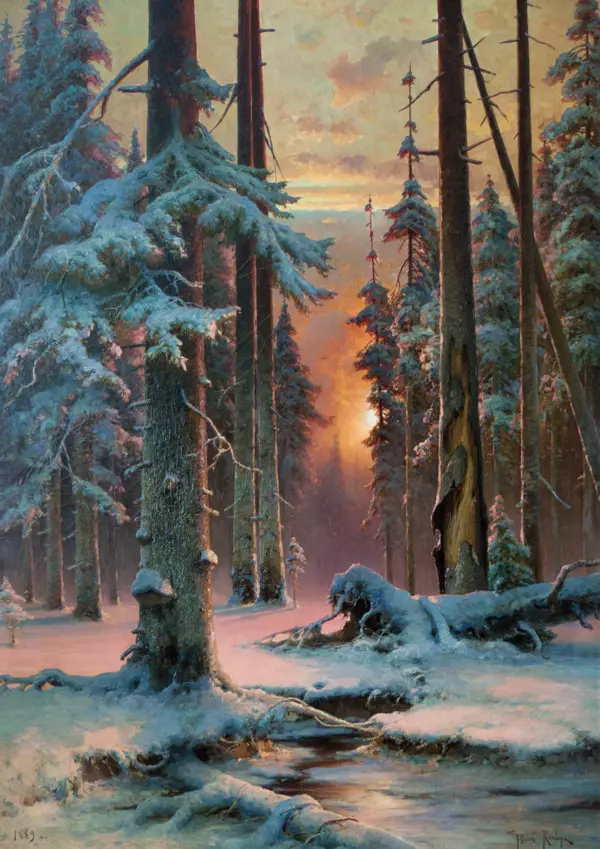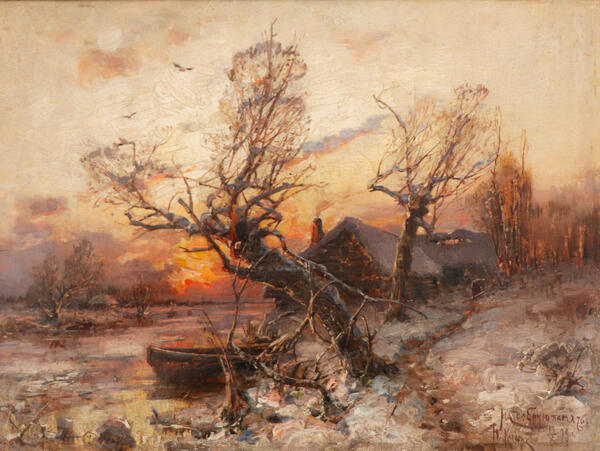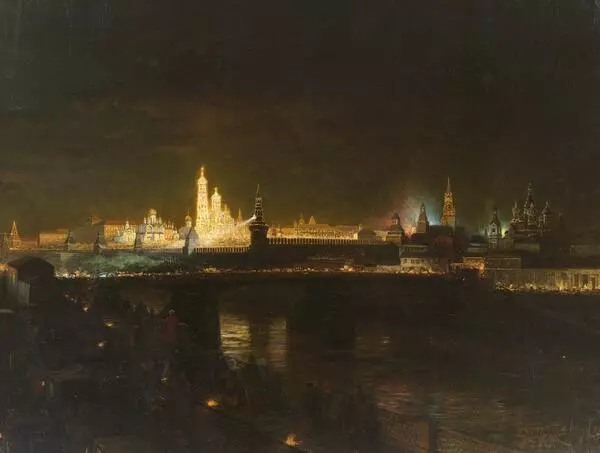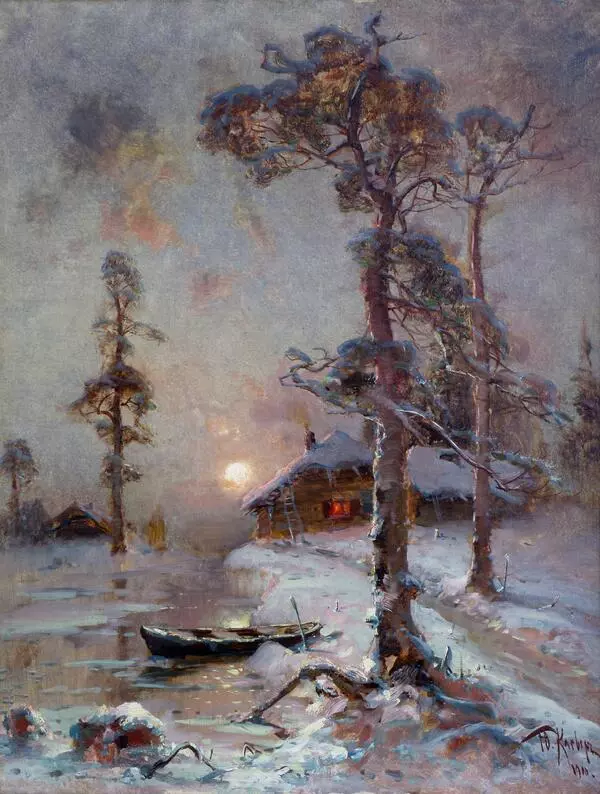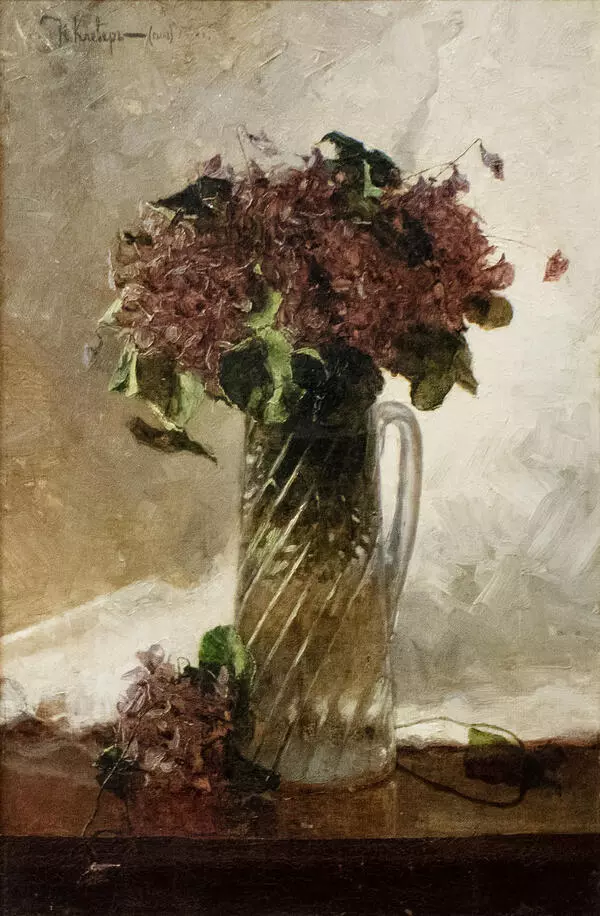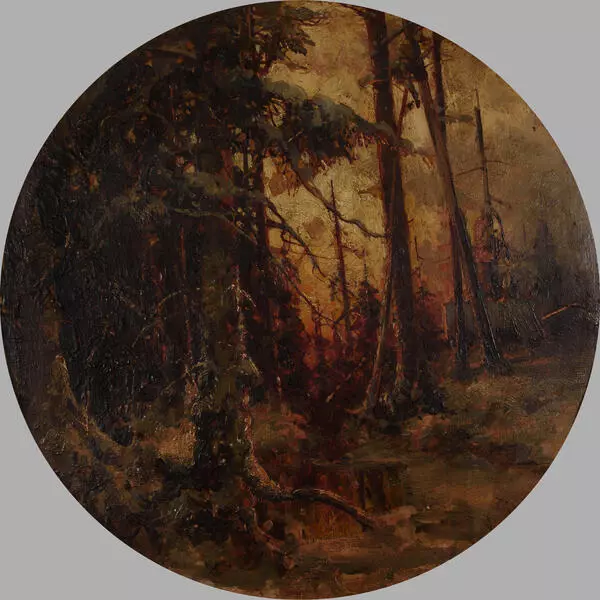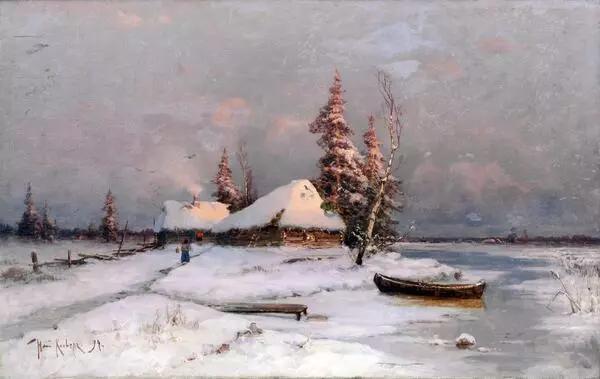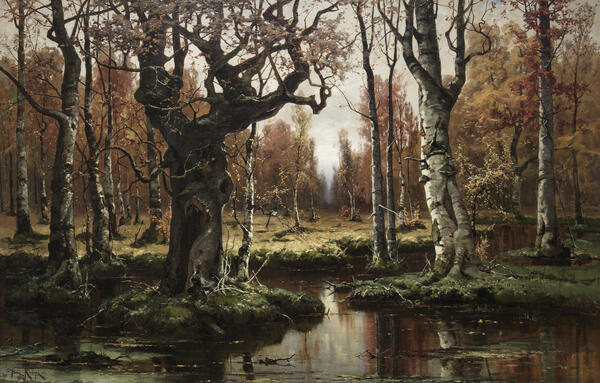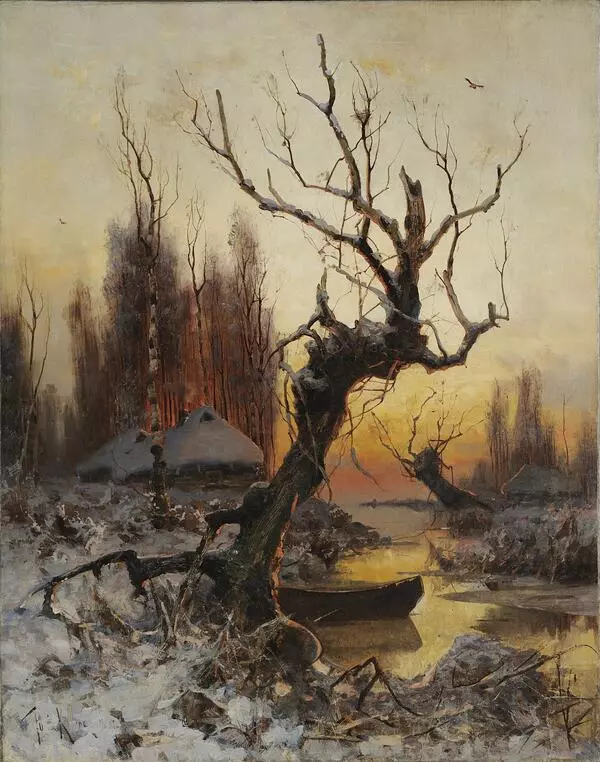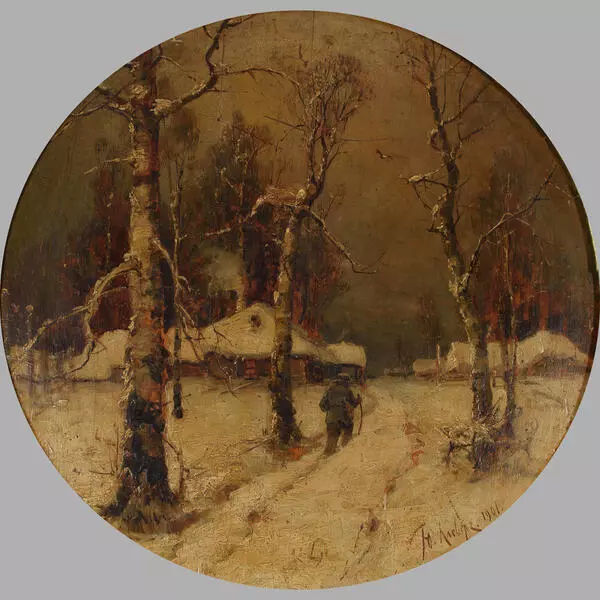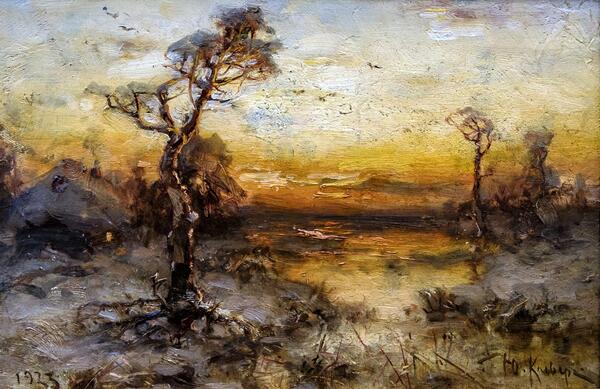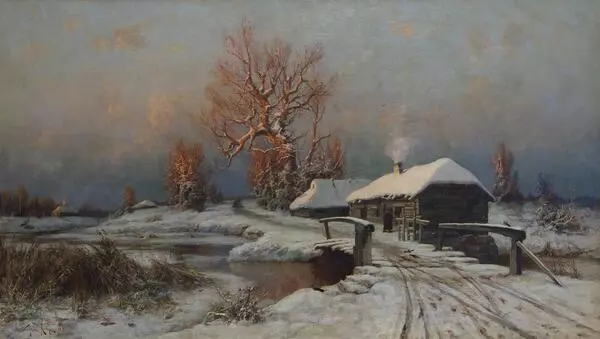Julius von Klever (1850–1924) was a famous Russian landscape painter of German origin. The artist’s family had roots in the German-Baltic von Klever clan. Since the early age, the boy had an affinity for everything beautiful and for dreawing. In 1867, after graduating from high school, Klever went to study in architecture classes at the Imperial Academy of Arts. Parents considered the architectural direction the most promising. However, Klever himself had a different opinion and a year later transferred to a landscape group to the artists Socrat Vorobiev and Mikhail Klodt. But Julius Klever did not come to grips with them. As a result, the painter did not graduate from the Academy of Arts.
Despite this fact, his career as a painter did not end. Klever joined the Imperial Society for the Encouragement of Arts and at the age of 24 represented his works at the first solo exhibition. Two years later, the second personal exhibition took place, at which the Emperor Alexander II himself became interested in the work of the artist “The Birch Forest”. Two more years later, in 1878, Klever received the title of academician of painting for the painting “Old Park” (“View of the Neglected park in Marienburg”).
The artist’s fame grew every year, and his works were in demand among noble and wealthy representatives of society. Among its buyers were members of the royal family and Pavel Tretyakov. It was considered good form in the swell society to have a work by Klever in the house. At some point, the artist stopped keeping up with the orders. In order not to abandon them, he organized his own workshop, where he was assisted by his students and apprentices, the so-called ‘kleverki’ (‘little clovers’). However, later the artist was forced to fold operations.
Julius Klever painted landscapes, and among them he preferred forest views. As a rule, his paintings depict the nature of the Baltic region, in winter or autumn, and in most of cases - in the sunset rays. The artist himself admitted that sunset light is his favorite type of lighting. In this way, the painting ‘Forest in the Winter’ from the the Zaraysk Kremlin collection can be considered master’s typical work. The fir forest is covered with a thick layer of snow, the drifts are painted with dense pastose strokes, and the landscape itself is illuminated with the warm rays of the setting sun.
Despite this fact, his career as a painter did not end. Klever joined the Imperial Society for the Encouragement of Arts and at the age of 24 represented his works at the first solo exhibition. Two years later, the second personal exhibition took place, at which the Emperor Alexander II himself became interested in the work of the artist “The Birch Forest”. Two more years later, in 1878, Klever received the title of academician of painting for the painting “Old Park” (“View of the Neglected park in Marienburg”).
The artist’s fame grew every year, and his works were in demand among noble and wealthy representatives of society. Among its buyers were members of the royal family and Pavel Tretyakov. It was considered good form in the swell society to have a work by Klever in the house. At some point, the artist stopped keeping up with the orders. In order not to abandon them, he organized his own workshop, where he was assisted by his students and apprentices, the so-called ‘kleverki’ (‘little clovers’). However, later the artist was forced to fold operations.
Julius Klever painted landscapes, and among them he preferred forest views. As a rule, his paintings depict the nature of the Baltic region, in winter or autumn, and in most of cases - in the sunset rays. The artist himself admitted that sunset light is his favorite type of lighting. In this way, the painting ‘Forest in the Winter’ from the the Zaraysk Kremlin collection can be considered master’s typical work. The fir forest is covered with a thick layer of snow, the drifts are painted with dense pastose strokes, and the landscape itself is illuminated with the warm rays of the setting sun.




